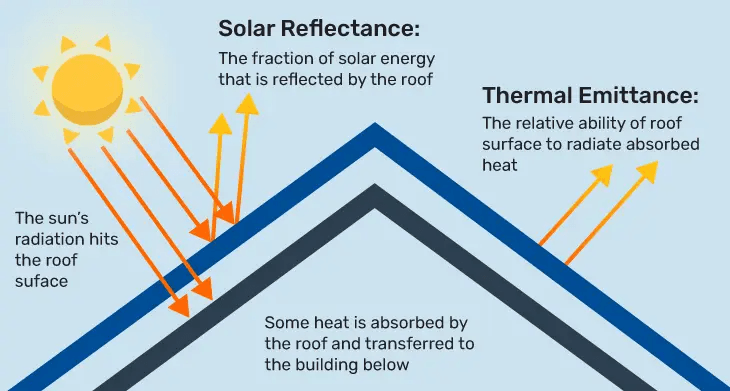Are you tired of paying high energy bills every month? Did you know that installing a new roof can help you save energy and reduce your energy costs? It’s not just a cosmetic upgrade, but a smart investment for your home. Older roofs are less energy-efficient and outdated, putting a significant strain on your heating and cooling system, resulting in higher energy bills. A new roof can make your home more energy-efficient and help you lower your monthly energy bills. Don’t wait any longer to upgrade your roof and start saving money. This article will discuss how a new roof can help you save on energy costs and why installing one now is a great idea.

How does your roof affect energy costs?
High energy costs can come from various places in your home: drafty doors, loose windows, improperly insulated basements, and an outdated roof that needs replacement. As a homeowner considering installing a new roof, you should know what makes a roof energy efficient. Temperatures and humidity levels from outdoors affect your home’s internal environment through your roof. As your roof ages, it wears down and becomes less effective. Remember that a replacement roof will save you some energy, but the amount you save may not be worth the price of a roof replacement.
Cutting your energy costs
https://home.howstuffworks.com/home-improvement/heating-and-cooling/roof-energy-costs.htm
A few key things to consider when determining if a new roof will help you save on energy costs. It’s more than just installing any old roof. Roof energy efficiency varies depending on what material it is built from and how it is installed. Here are some characteristics to consider when installing a new energy-efficient roof:
– Solar Reflection: Your roof is more energy-efficient if it effectively reflects solar light. Roofs with high solar reflection can lower surface temperature by up to 30%. If your roof does not reflect sunlight away from your home, the shingles will absorb the solar heat and transfer it into your home.
– Roof Ventilation: Roofs are built with ventilation to allow airflow between the attic and outdoors. Hot air gets trapped in the attic if the roof isn’t properly ventilated, causing your house to heat up. As your home gradually heats up from the lack of attic ventilation, your cooling system must work harder to keep the temperature comfortable. Your energy bills will rise as your cooling system works to keep up with the rising temperature. A properly ventilated roof will reduce your home’s energy needs and reliance on the air conditioner.

